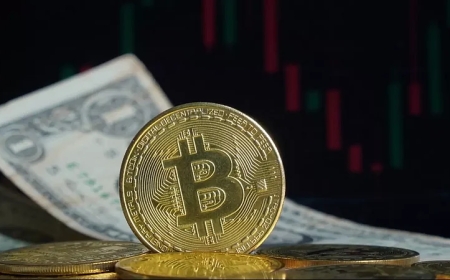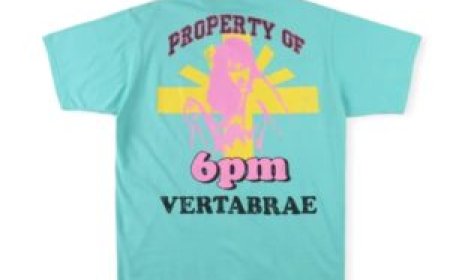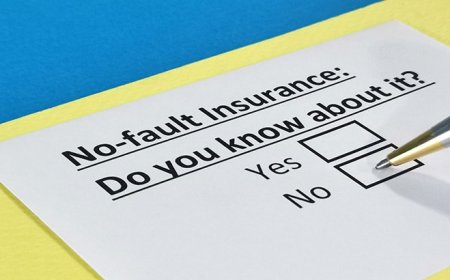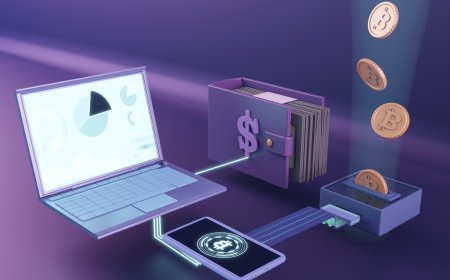5 Common Mistakes to Avoid When Using a Cold Wallet
This article explores the most common mistakes users make when using a cold wallet for cryptocurrency and offers practical tips to avoid them. From improper backup of recovery phrases to buying tampered devices, these errors can put your crypto at serious risk. It also highlights best practices for securely managing crypto cold wallets, including safe usage, transaction verification, and firmware updates. Ideal for both beginners and experienced holders looking to improve their wallet securit
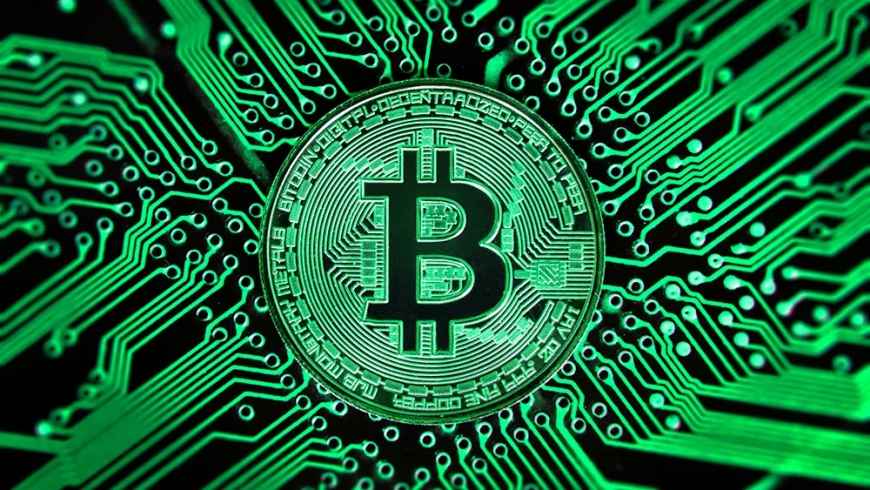
As cryptocurrencies become more valuable and widely adopted, the need for secure storage has never been greater. For long-term holders and serious investors, a cold wallet for cryptocurrency is one of the most reliable tools to protect digital assets. These wallets store private keys offline, shielding them from online threats like phishing attacks, exchange hacks, and malware.
While crypto cold wallets offer top-tier security, their effectiveness heavily depends on how theyre used. Unfortunately, many users make avoidable mistakes that can compromise the very protection these wallets are designed to provide.
In this article, well break down five of the most common mistakes people make when using cold walletsand how you can avoid them to ensure your crypto stays safe.
1. Failing to Back Up the Recovery Phrase Properly
One of the biggest (and most dangerous) mistakes is not backing up the wallets recovery phrase securely. Every cold wallet for cryptocurrency generates a seed phraseusually 12 or 24 wordsthat is the master key to your crypto holdings. If you lose access to your wallet without this phrase, your funds could be lost forever.
What to avoid:
-
Storing the phrase digitally (e.g., on your phone, computer, or cloud storage)
-
Writing it on flimsy paper that can be lost, damaged, or destroyed
-
Taking a photo or screenshot of the phrase
What to do instead:
-
Write it down by hand on durable material (consider using metal backup plates)
-
Store it in a fireproof and waterproof safe
-
Create multiple copies stored in separate secure locations
Treat your recovery phrase like the deed to your digital vaultbecause thats exactly what it is.
2. Buying Cold Wallets from Unverified Sources
Purchasing crypto cold wallets from unauthorized retailers or secondhand markets can lead to devastating consequences. Tampered or counterfeit devices may be preloaded with malware or altered to steal your private keys once activated.
What to avoid:
-
Buying wallets from third-party marketplaces like eBay, Craigslist, or unofficial Amazon sellers
-
Accepting "used" cold wallets, even if they appear sealed
What to do instead:
-
Always buy directly from the manufacturers official website or verified resellers
-
Verify the products authenticity with the brands security check tools
-
Avoid cheap offers or sales that seem too good to be true
Securing your crypto starts with securing your hardware.
3. Keeping the Cold Wallet Connected to the Internet
A cold wallet for cryptocurrency is only cold (offline) when it is disconnected from any network. Some users leave their hardware wallets plugged into their computer or interact with dApps frequently, unintentionally increasing their exposure to online threats.
What to avoid:
-
Leaving your wallet connected to your device for long periods
-
Using the wallet to browse websites or access unknown platforms
-
Ignoring updates or firmware warnings
What to do instead:
-
Only connect your cold wallet when you need to send crypto
-
Use it in combination with trusted companion apps (like Ledger Live or Trezor Suite)
-
Always unplug the wallet when not in use
Remember, the entire point of cold storage is to minimize exposure.
4. Not Verifying Transaction Details Carefully
When using crypto cold wallets to send funds, users must approve transactions via the device. Rushing through the process or blindly trusting the connected software can result in sending funds to the wrong addressor falling victim to malware that alters the transaction.
What to avoid:
-
Confirming a transaction without double-checking the destination address
-
Skipping security prompts or warnings from your device
-
Using wallet software from unofficial sources
What to do instead:
-
Carefully verify every detail on the cold wallet screen before confirming
-
Compare addresses manually or use trusted contact lists
-
Use wallets that display the transaction data directly on the hardware screen
Vigilance during signing protects you from irreversible mistakes.
5. Neglecting Firmware Updates and Security Practices
Some users treat their cold wallets as set and forget devices. While cold wallets require less maintenance than hot wallets, they still need occasional attentionespecially when updates are released to fix bugs or enhance security.
What to avoid:
-
Ignoring firmware updates or postponing them indefinitely
-
Not checking the wallets website for important security alerts
-
Sharing your cold wallet or seed phrase with anyone
What to do instead:
-
Regularly check the manufacturers site for firmware updates
-
Follow official guides to update your wallet securely
-
Practice personal security hygiene (use a PIN, dont share devices, stay private)
Keeping your wallet updated ensures it stays resistant to new threats.
Final Thoughts
A cold wallet for cryptocurrency is an incredibly powerful toolbut only when used correctly. By avoiding the common mistakes outlined above, you can dramatically improve the security of your digital assets and gain true peace of mind in the volatile world of crypto.
Whether youre storing Bitcoin, altcoins, NFTs, or presale tokens, crypto cold wallets give you full control and unmatched protection. But as with any tool, the outcome depends on the user. Stay informed, stay cautious, and always follow best practices.



